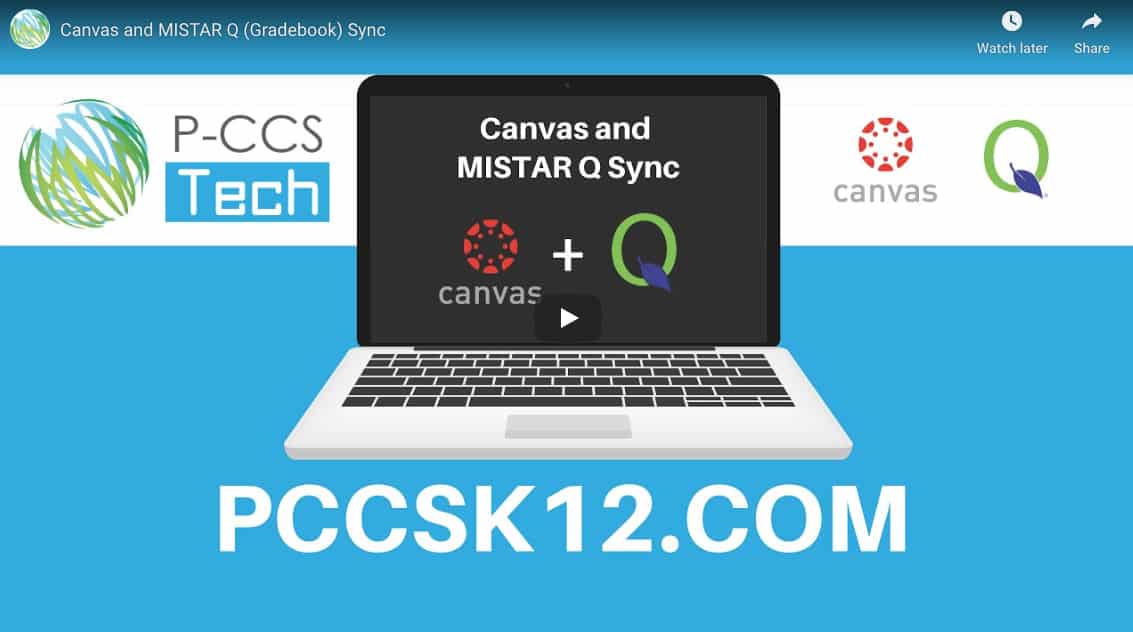Monarch – MISTAR Teacher Tools Training available September 2020 through January 2021.
You are invited to transform your use of MISTAR-Q by participating in Monarch, an online learning experience focused on the teacher tools and applications in MISTAR-Q.
As a participant, you will complete activities designed to increase your skill and knowledge of teacher apps such as Class Attendance, Grade Book, Seating Chart, generating reports, and more.
Working online from any device at your own time and pace, you will have until the end of January 2021 to complete the learning activities. As you finish missions and levels, you will earn digital badges in recognition of your learning. You may even want to create a friendly competition in your building/department!
Monarch is especially beneficial for teachers new to MISTAR-Q, and seasoned teachers will also benefit from participating. Technology integrators, technology coaches, paraprofessionals, intern teachers, secretaries, and building administrators may also participate to better understand and support the applications used by teachers.
Registration is open and on-going. This course is free. Register and start learning here.









